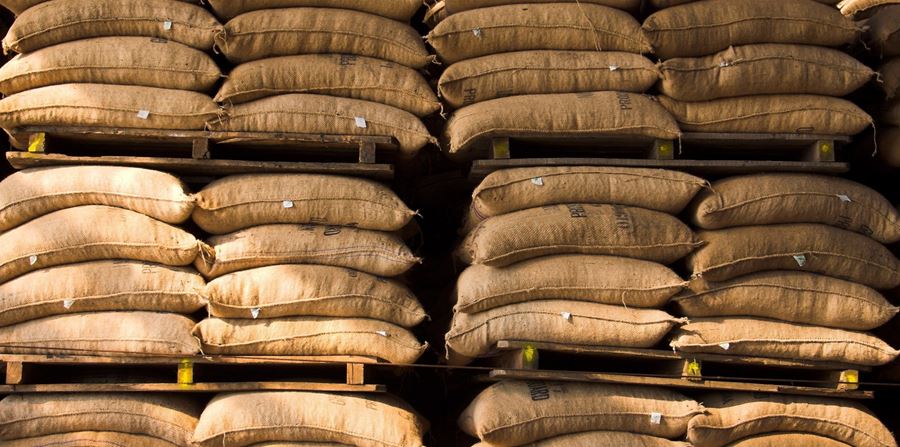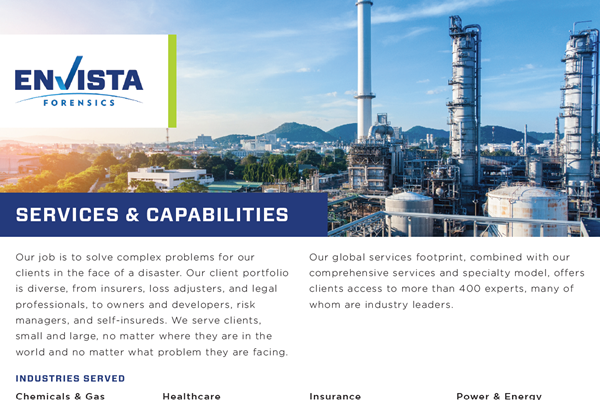Coffee Beans and Seawater

I am a big office coffee drinker, about four to five cups a day. With office coffee, it is the caffeine that really matters. Taste has never been the emphasis. Nonetheless, I appreciate fine delicately roasted coffees. At home, I tinker with roasting coffee beans to get the best flavors out of them and learned about how the level of roasting affects the acidity by way of preserving or reducing the sugar content. I also recognized that the subtle balance of cocoa strength and individual essences unique to different regions and coffee bean farms ultimately dictate the extractable flavors. As gourmet coffee has become a fashion, more and more coffee beans are being imported. What hasn’t crossed my mind is how the coffee beans are shipped from their origins as many of the best coffee beans come from places like Africa, South America, or Southeast Asia, and the question of what kind of care is needed to preserve the precious flavors has never dawned on me until recently.
A couple of weeks ago, I was contacted by a client about whether Envista’s Materials Lab is equipped to detect the presence of seawater on coffee beans carrying burlap sacks. Right away, I was intrigued by the inquiry. As it turns out, coffee beans are traditionally packed in burlap sacks and shipped in transoceanic containers. With conventional freight containers, there are always risks of exposure to moisture and condensation with high seawater content when crossing the oceans. Consequent to the exposure to moisture, there are associated issues like baggy smells, weight loss due to packaging method (via air circulation and temperature fluctuations), and degradation of quality.
A recent trend is to fit the interior of dry containers with an airtight liner. Although it adds cost, the new packaging feature increases the payload, reduces the risk of condensation, and maintains the proper moisture content. Now, fewer claims are reported on coffee shipped in bulk than coffee shipped in bags, and according to some, claims are reduced by up to two-thirds. While the new trend is gaining traction, thousands of bags of coffee beans are still being shipped in regular containers as we speak. Therefore, determining whether the beans are free of contamination by seawater due to direct exposure or through condensation is an indispensable task for coffee importers.
Determining Contamination to Coffee Beans
Conventionally, silver nitrate can be used to spot-check the presence of chloride (aka halide ions). However, as an oxidant, silver nitrate is very toxic and corrosive. Therefore, it is not a safe nor advisable practice for freight ships to carry silver nitrate onboard. Ion chromatography (IC), on the other hand, is a highly sensitive technique perfectly suited for detecting ionic species such as sodium and chloride (the main constituents of sea salt). IC is commonly used for water quality inspection and can detect the presence of ionic species at low ppm levels. With salt concentration in seawater at about 35 parts per thousand or 35,000 ppm, IC is easily able to determine whether a cargo of interest has been contaminated or not.
In cases like the coffee bean sacks, the process simply entails preparing IC samples by soaking suspect burlap sacks in deionized water. Then analysis can be subsequently performed on the extraction solutions.
The Impact of Hurricane Season on Coffee Beans
As we head into the hurricane season, there will likely be more transoceanic incidents for coffee bean importers or any cargo for that matter to contemplate whether their shipments are contaminated or not.
If you suspect your freight has been exposed to seawater during transoceanic shipping, Envista’s wipe sample/ion chromatography analysis can help determine the extent of contamination by collecting wipe samples from areas of question and level of contamination by way of quantification via IC technique. To learn more about Envista’s Materials Lab services, visit our webpage or contact our analytical lab experts directly.
Our experts are ready to help.



